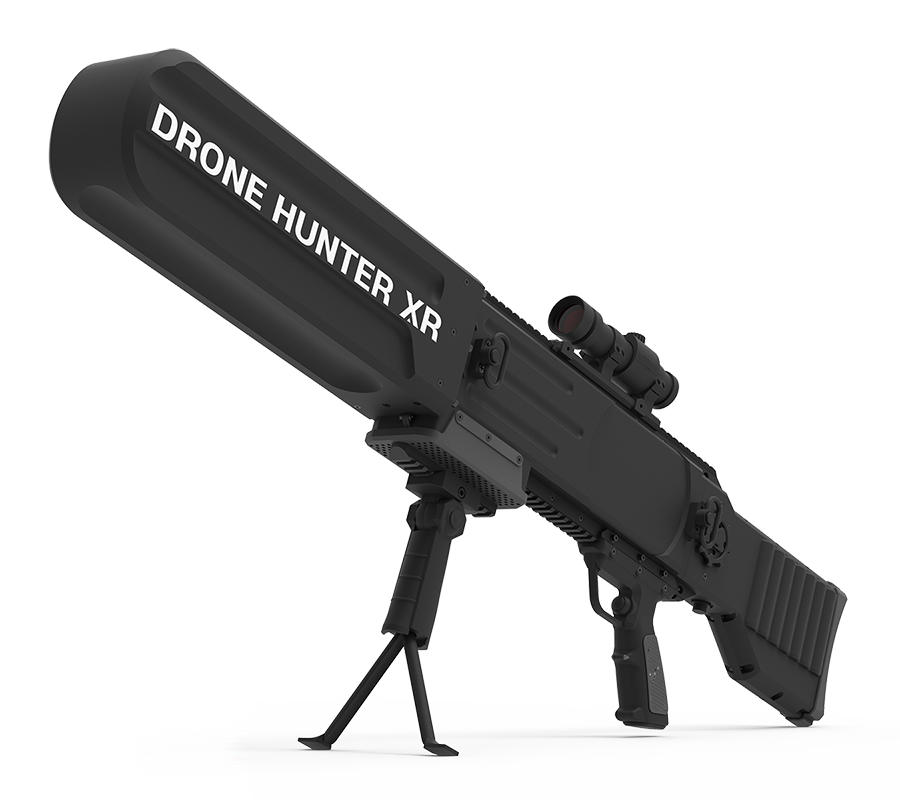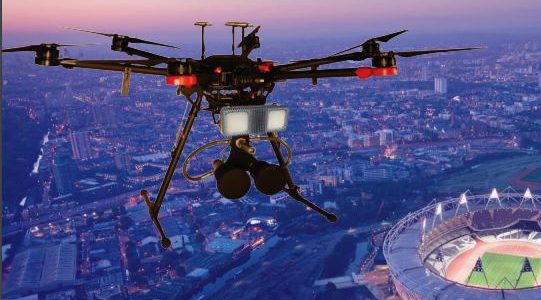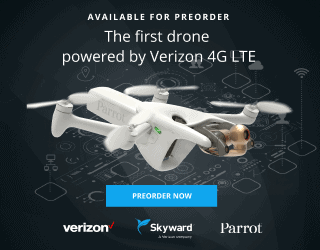
There are many benefits to flying a drone for inspection. However, not all drones are right for the job. Although drones are useful in inspecting assets, it is still necessary to do the repairs manually. The drones can be used as an additional tool for inspectors. Some inspectors still prefer to use their own eyes, and may even hang inspection cameras from ropes and drop them into assets. These situations are where drones can be a great tool.
Drone 20
One of the many benefits of using drones for inspection is their ability to capture high quality data at high speed. Drones offer a consistent image and can eliminate the need to abseil down a building to view the contents. Furthermore, the increased zoom can help identify any missing elements or smaller defects. Shell Deer Park, in the US has been using drones as an inspection tool since 2016. They are inspecting industrial equipment, including flare tips and floating roof tanks, and are able to capture detailed information without the need for human intervention.
Thermal camera
There are many benefits to using a thermal camera with a drone for inspection. It can quickly be used to inspect large areas. It is faster than most other inspection methods and can view objects up close. Emitec's drone features an advanced thermal imaging system that transmits the image to multiple monitors and a tablet PC using a proprietary HD downlink.
Light
Drones have been around for several years now, and the technology behind them has evolved significantly. It doesn't matter whether you use a small drone to inspect or a larger, more sophisticated industrial drone for data collection, it can be used in many different applications. In the energy industry, drones have been the most popular choice for examining gas and power lines and generating valuable insights. The drone can inspect wind turbines by surveying the nacelles, leading edges and lightning receptors. In addition to collecting data about the turbine's health, drones can also take high-resolution pictures of any defects or damage. This data can then help plan the repair work.

Vertical attachment mechanism
A vertical attachment mechanism for a drone for inspection is a simple way to attach it to a surface. These drones are capable of hovering at high altitudes above the surface. Additionally, the probe can be detached while it is being tested. Drones can hover on the surface using their articulating joint, which may absorb some impacts if the UAV crashes onto its side. They can also be controlled remotely and partially automated.
Safety
Drones are an increasingly popular way to inspect. They can streamline material transport, monitoring, or inspection processes for companies. For example, an FCC unit converts heavy crude oil into more valuable fuel products. It is composed of multiple pipes and cyclones. A pipe known as the riser is found in the centre of the unit. It mixes heavy oil with a powdered catalyst at high temperatures. Inspection workers would need to see an access hatch at the top of the riser to inspect the pipe manually. Then, they would use ropes to lower themselves into the pipe. This risk is eliminated completely by a drone.
Cost
There are several benefits to using a drone for construction site inspection. In addition to the convenience of not having to use scaffolding and heavy machinery, drone inspections save on costs. Drone inspections can save you money and reduce downtime. Drones not only save time but also lower the cost of liability insurance. It is possible to save thousands of dollars annually on maintenance. While drone inspections can be used by some construction companies, it is not the only one.
Efficiency
Although drones can be used for inspection, they cannot replace a human inspector. An inspection task typically takes between 10-12 hours if a technician attends. This task can be completed in under an hour using drones. Drones can also reach places that humans cannot. This allows companies to save thousands on inspection costs. This technology is not yet available in every industry.

FAQ
Traveling with a Drone?
Drones have become increasingly popular for commercial and personal purposes. They are used for photography, filming, aerial mapping, search & rescue, and other applications. The FAA has recently approved several new drone regulations, which include requirements for registration, licensing, pilot training, and insurance. These changes will help ensure that drones stay safe for all.
Can someone spy on you with a drone?
Yes, anyone can use drones to spy on them. The only way to protect yourself from drones is to be aware of them and avoid areas where they may fly. Do not hesitate to call 911 if a drone is seen flying.
What kind batteries does a drone need?
Lithium-ion batteries are the most common type of battery for drones. A typical drone runs on between 3 and 6-volts.
Statistics
- According to industry research from ZipRecruiter , there are 10 cities where the typical salary for a Drone Pilot job is above the national average. (dronesgator.com)
- Research and Markets predict a growth rate of 51.1% over the next five years. (thedroneu.com)
- According to Indeed, a drone pilot gets paid $25.73 per hour on average in the US. (dronesgator.com)
External Links
How To
What is a Battery Pack? How do I replace it?
A battery pack is what powers the motors of your drone. They are powerful enough to keep your quadcopter flying safely and smoothly.
A new drone will likely not have any noticeable differences in its battery pack. Your battery pack will gradually wear down over time. It might eventually stop functioning altogether. To make sure that your drone is still functioning properly, you will need to replace its battery.
When replacing a battery pack, it's best to use an original replacement part. You could endanger your drone's safety by using a faulty replacement part.
To replace a battery pack, follow these steps:
-
Disconnect the battery connector cable. This step ensures that your drone doesn't receive any electrical current. Simply pull the connector cable off the drone to disconnect it.
-
Unscrew the battery. Unscrew your quadcopter's battery pack. The battery pack often splits into two pieces.
-
Locate the contact points. After you've taken out the battery pack, search for the battery contacts. These small metal pins link the battery and the rest of your drone's components.
-
Install the new battery. Next, insert the new battery into your drone. Align the connectors for the battery pack on each side. Next, insert the battery package onto the drone. After that, secure the bolts that hold the battery pack in place.
-
Reattach the battery connector cables. Reconnect the battery connector cable after you have installed the new battery pack.
-
Test the drone. Before flying your drone again, check whether it still operates correctly. Congratulations if it works!